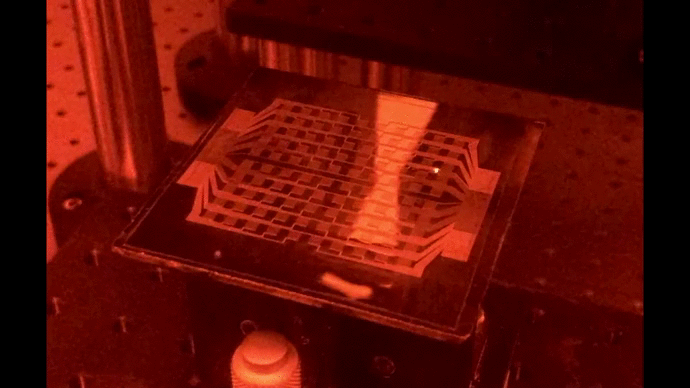Aims of Research
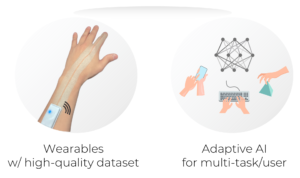
My research focuses on leveraging a synergistic combination of Hardware and AI to enable user-independent, data-efficient recognition of diverse time-series signals, including Force, IMU, and EMG from body joints and muscles.
A key focus is the development of smaller, power-efficient wearable devices that enhance user comfort while enriching the human-computer interaction experience.
I enhance device capabilities through high-quality datasets obtained from newly developed sensors, and co-develop Generic AI models that can adapt across multiple users and tasks with limited data.
My research focuses on leveraging a synergistic combination of Hardware and AI to enable user-independent, data-efficient recognition of diverse time-series signals, including Force, IMU, and EMG from body joints and muscles.
A key focus is the development of smaller, power-efficient wearable devices that enhance user comfort while enriching the human-computer interaction experience.
I enhance device capabilities through high-quality datasets obtained from newly developed sensors, and co-develop Generic AI models that can adapt across multiple users and tasks with limited data.
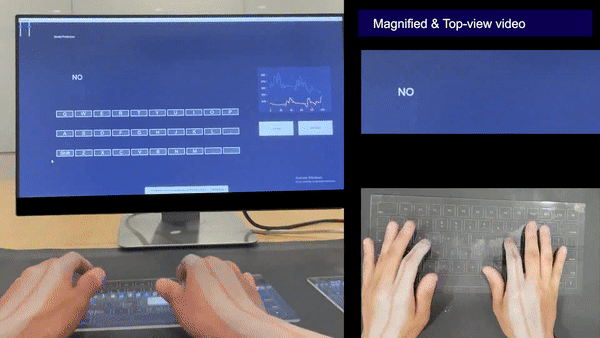
Generalizable Wearable Human-Computer Interface
This research demonstrates advanced gestural interface capabilities enabled by high-quality datasets collected from newly developed wearable sensors. It features co-developed AI models that adapt to multiple users and tasks with limited training data.
The model leverages Transformer-based Few-shot learning for multi-task interaction, showcasing keyboard-less virtual typing and object/gesture recognition (Nature Electronics, 2023)
AI-Augmented Wristband for Gesture Recognition
This research introduces a wrist-mounted single sensor that captures subtle skin deformations caused by finger movements, inspired by visible ligament shifts on the wrist.
The analog signal output enables low-latency processing, with an LSTM-based model predicting both finger identity and bending angle. The system was designed for adaptability across users using transfer learning and fine-tuning with minimal new data. (Nature Communications, 2021)
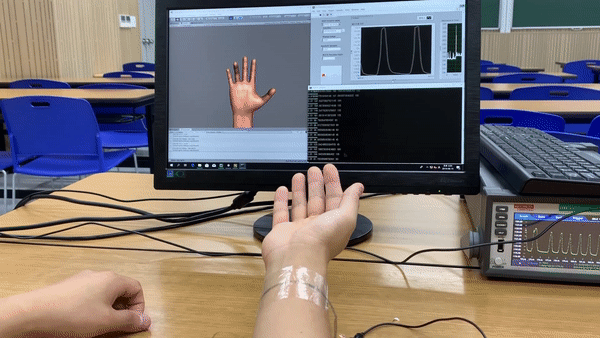
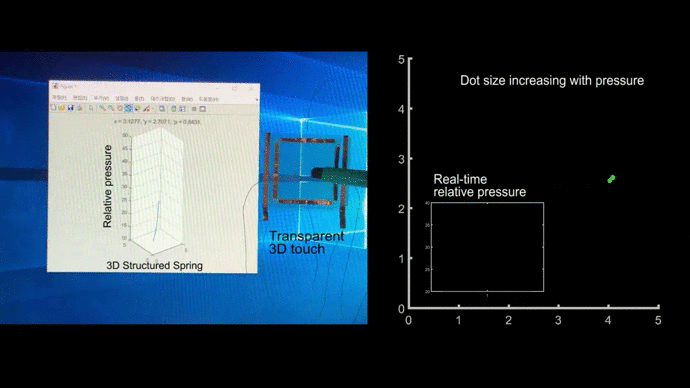
Human-Machine Interface
Human-Machine Interface facilitates the measurement of diverse stimuli including pressure, strain, and electrophysiological signals. These devices are designed to be flexible and stretchable, thereby enhancing user comfort and compliance.
This research includes Wearable 3D touch sensor with laser fabricated transparent electrode detecting 3D information with single sensor. (Nature Communications, 2019), and Wireless electronics in ultra-thin PCB circuits measuring human-physiology and gestures. (Adv Func Mat, 2021).
Manufacturing method for wearable/skin electronics
Rapid laser processing allows us to achieve various micro/nano patterns on flexible or stretchable substrates (Adv. Funct. Mater, 2022), eliminating the need for high-temperature or vacuum environments. These patterns serve as the basis for a range of electronic components, including conductive electrodes, insulating materials, and transistors.
